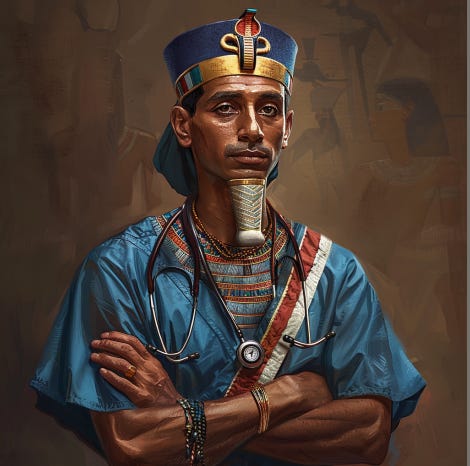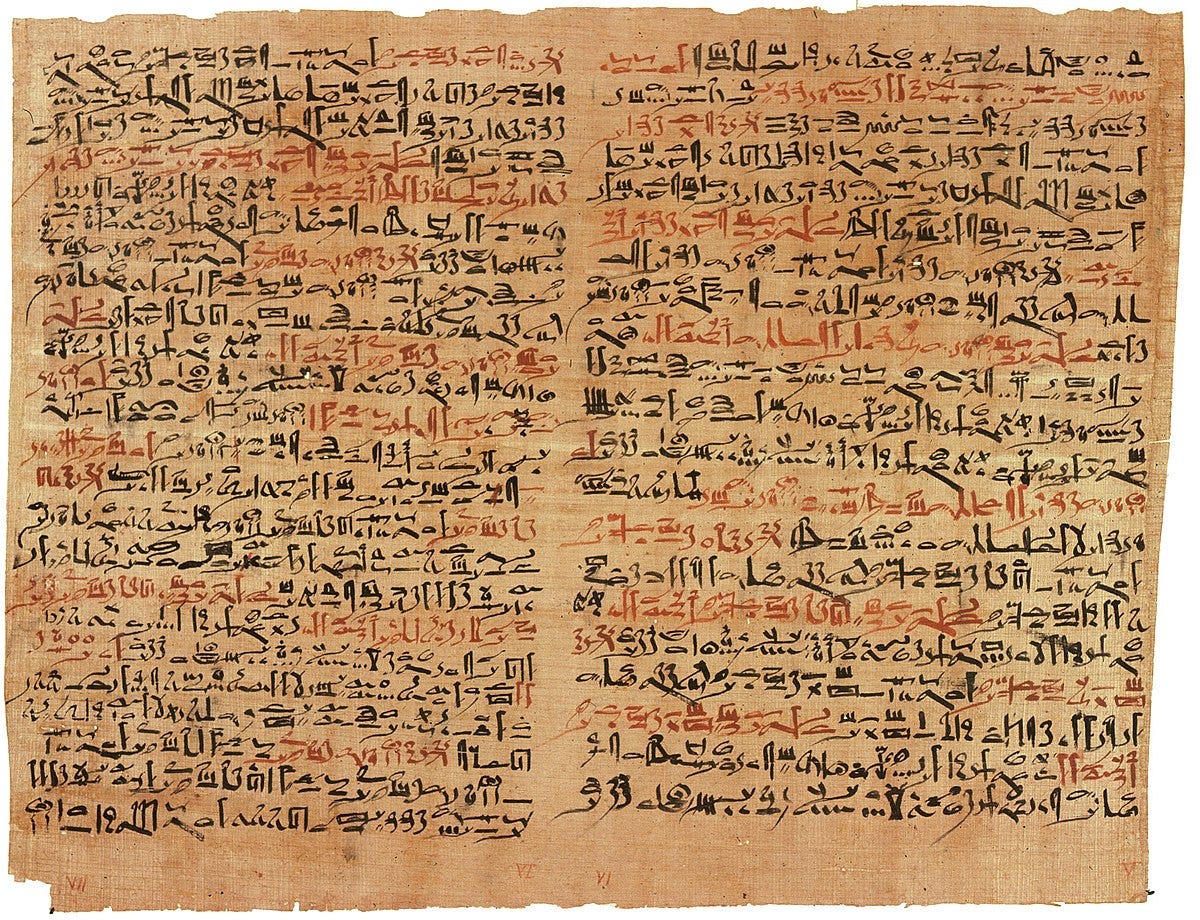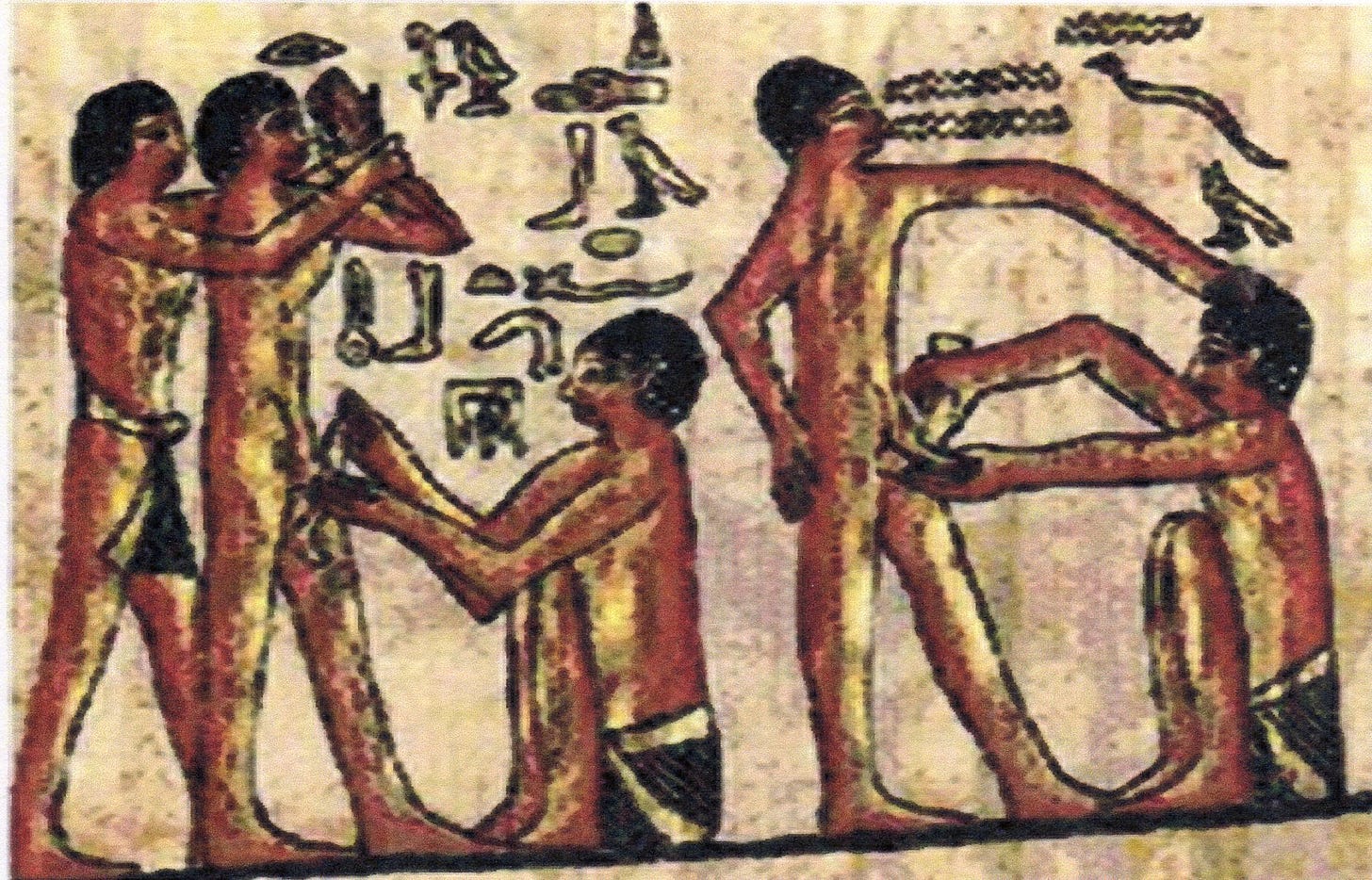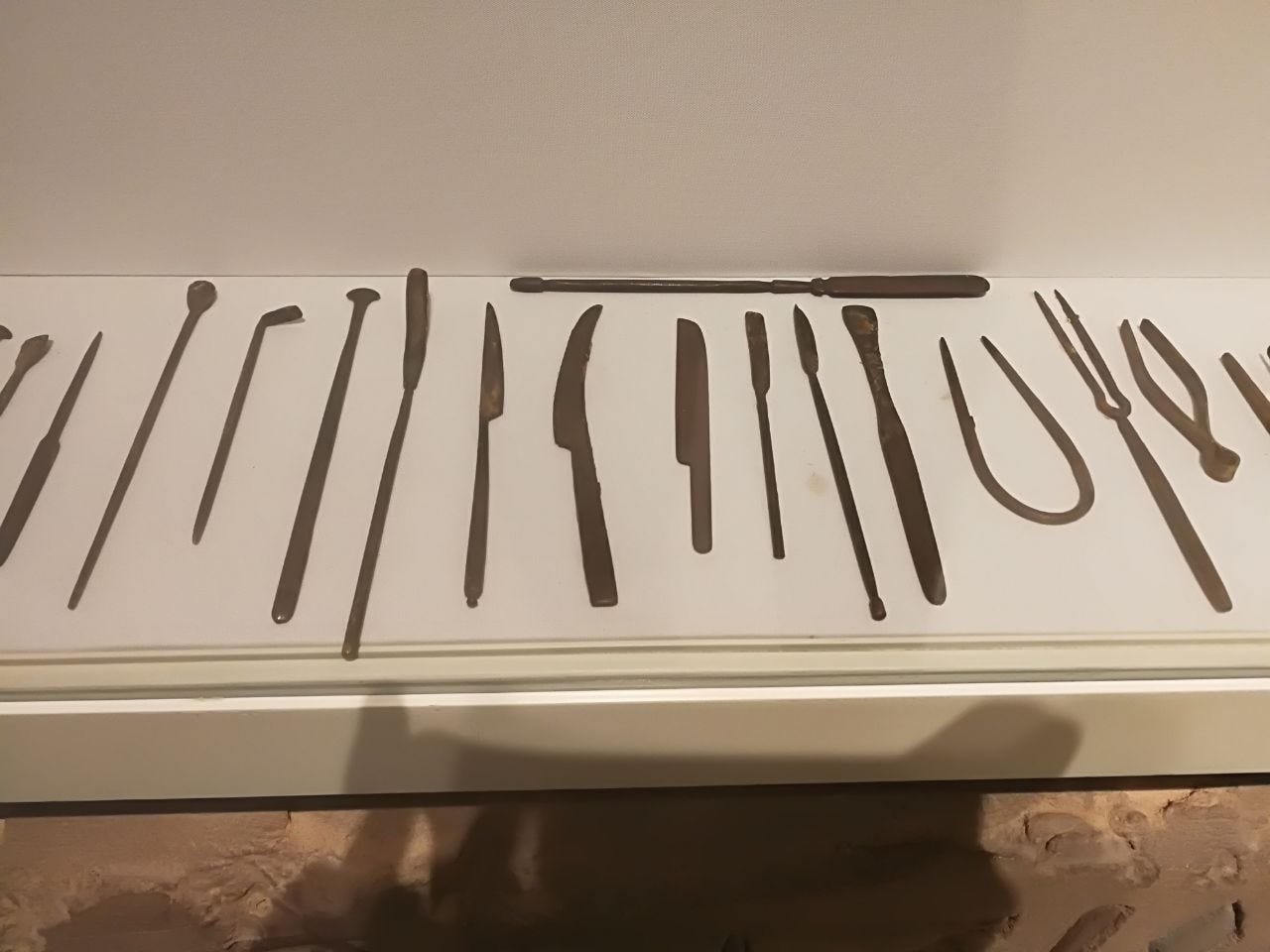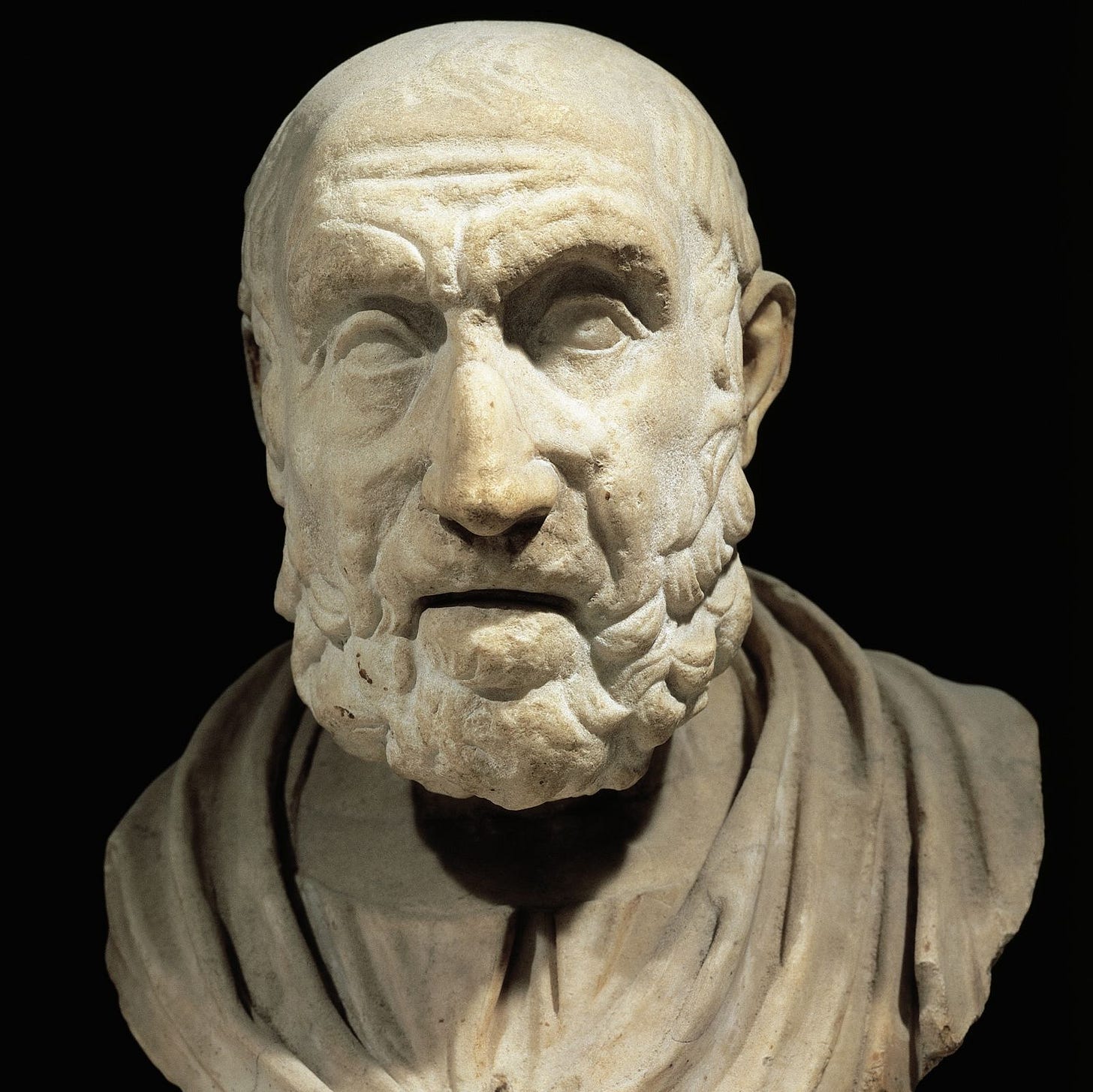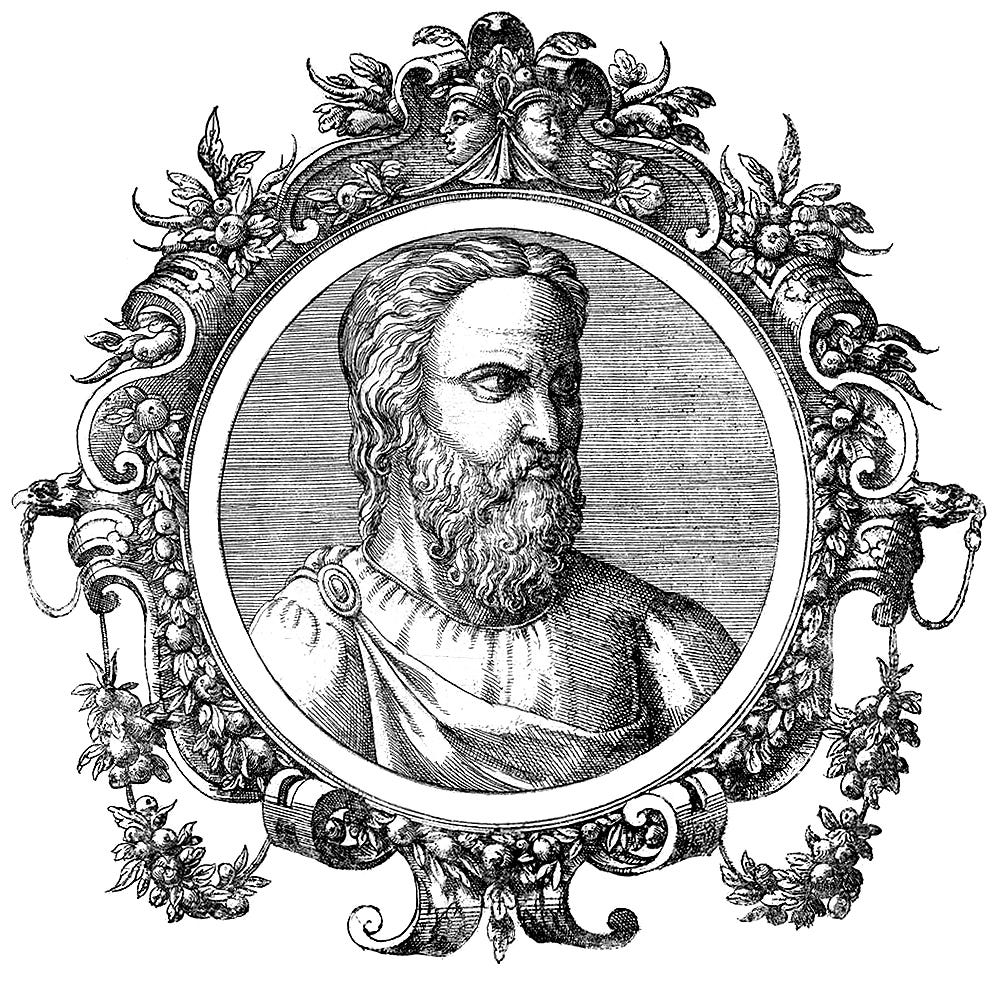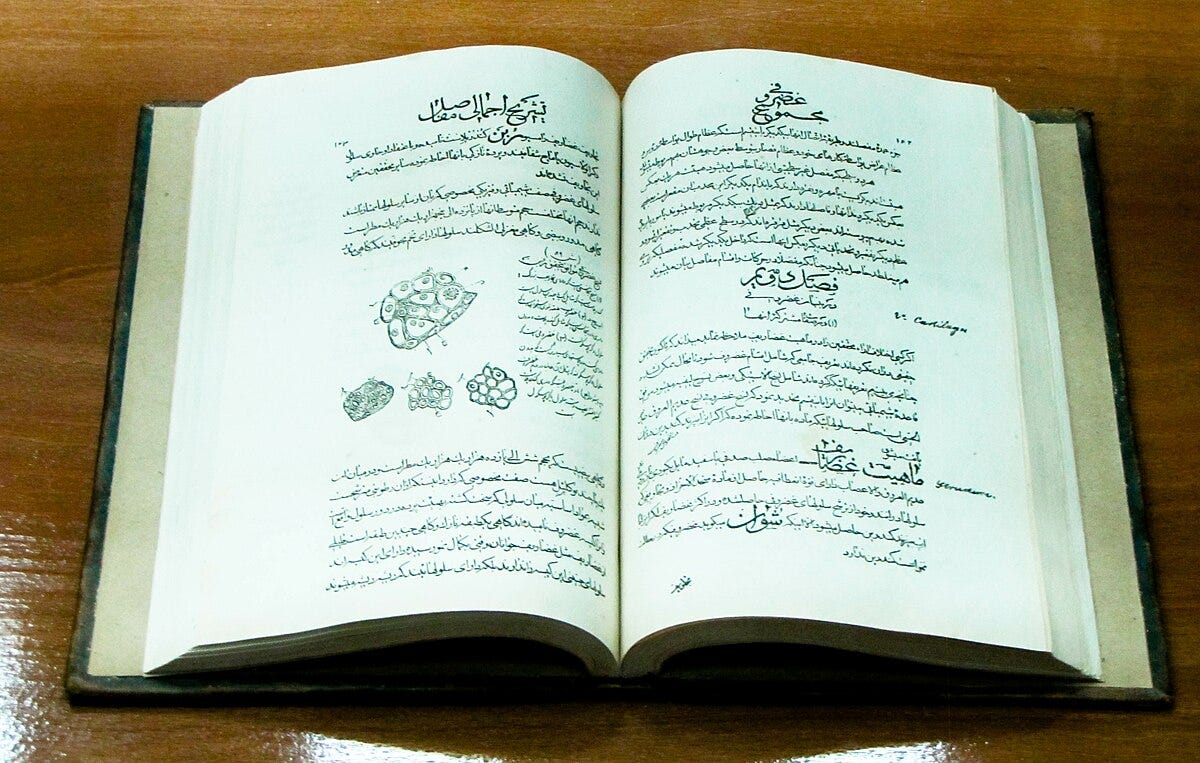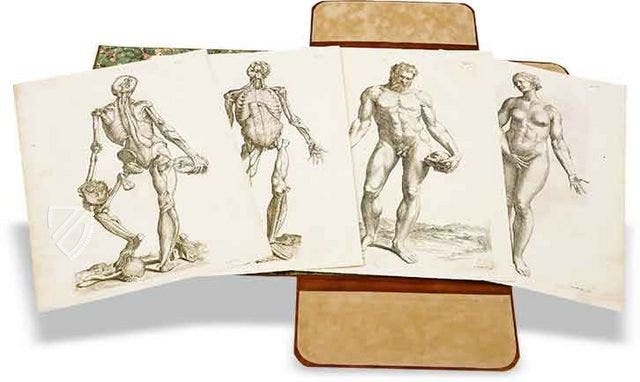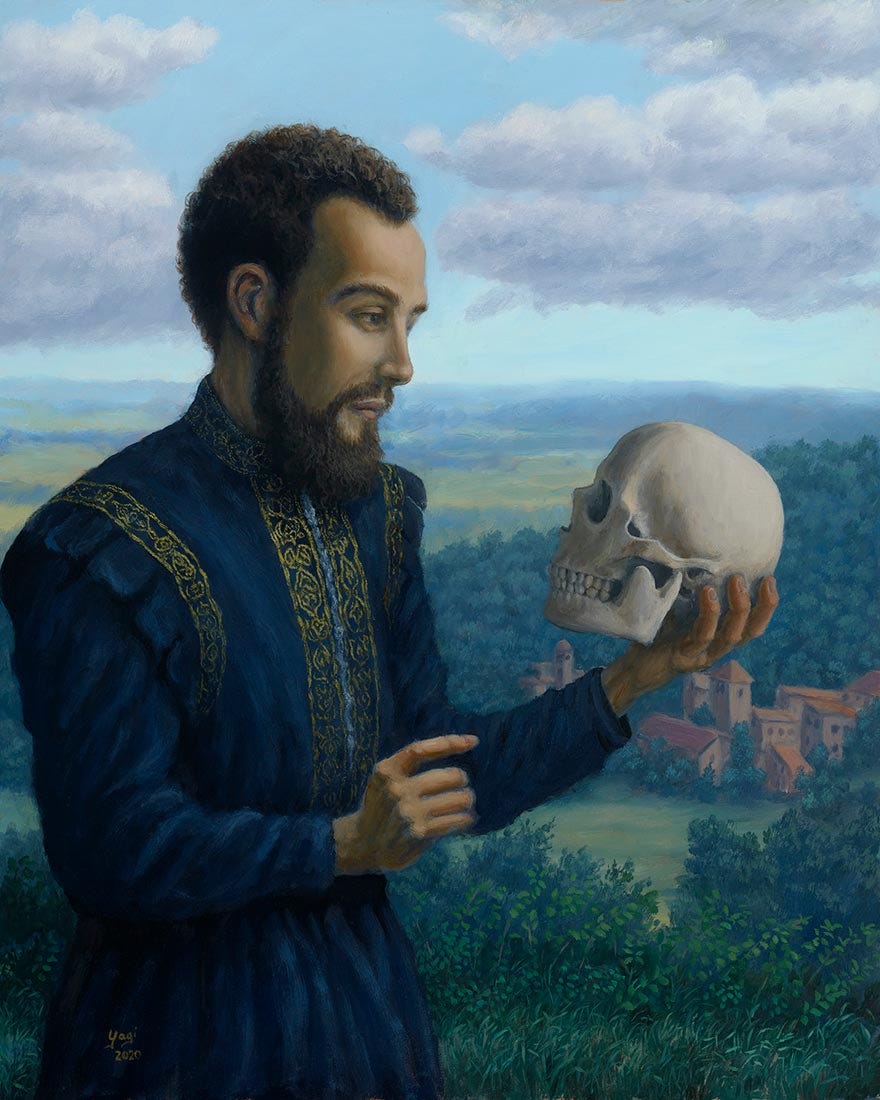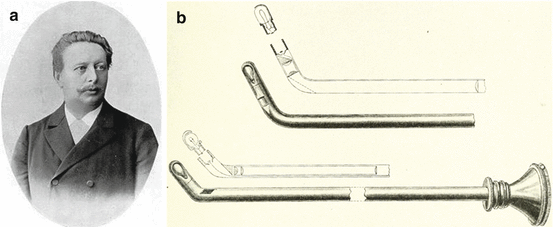From the Nile to the Clinic: The Evolution of Urology from Ancient Egypt to Modern Medicine
Urology is one of medicine's oldest specialties, boasting a heritage stretching back thousands of years. Its roots trace back to ancient Egypt, where early surgical practices laid the groundwork for its progression through the ages, evolving alongside advancements in various ancient civilizations to become the sophisticated discipline it is today.
The roots of urology can be traced back to ancient Egypt, where the earliest documented evidence of urinary tract surgeries and the study of urological diseases was found. The Edwin Smith Papyrus, dating back to around 1600 BCE, is among the oldest medical documents discovered. It describes various medical conditions and treatments, including surgical techniques for treating urinary tract disorders. This papyrus, along with the Ebers Papyrus, provides insight into the early understanding of urological anatomy and the innovative approaches ancient Egyptians employed to treat these conditions.
One of the remarkable aspects of ancient Egyptian medicine was their surgical interventions for urinary problems, including catheterization. Catheters made from reeds and bronze were used to relieve urinary obstructions, showcasing a rudimentary understanding of the need to bypass blockages in the urinary tract. These early medical interventions highlight the Egyptians' practical approach to urological health, combining empirical observation with therapeutic procedures.
The practice of urology was not confined to ancient Egypt; it also flourished in other ancient civilizations, including Greece and Rome. The Greek physician Hippocrates (460-370 BCE), often hailed as the "Father of Medicine," laid down ethical guidelines for the practice of medicine, which included aspects of urology. However, it was the Greek physician Galen (129-216 CE) who made significant contributions to the field by providing detailed descriptions of the anatomy and function of the urinary system. His works, which were influential for many centuries, included observations on bladder stones, urinary difficulties, and the importance of the kidneys in producing urine.
In ancient Rome, medical practices advanced with the establishment of public baths and an emphasis on hygiene, indirectly benefiting urological health. Aretaeus of Cappadocia, another Greek physician, contributed to urology by describing bladder stones and their surgical removal. The Romans also improved surgical instruments, some of which were designed specifically for urological procedures, demonstrating the importance of urology in their medical practice.
The Islamic Golden Age (8th to 14th century) witnessed significant advancements in urology, as Muslim physicians built upon the knowledge inherited from ancient Greeks and Romans. They made substantial contributions to the field, including the invention of new surgical instruments and techniques. The Persian physician Avicenna (980-1037), in his medical encyclopedia "The Canon of Medicine," detailed various urological conditions and treatments, which remained influential in both the Islamic world and Europe for centuries.
The Renaissance period marked a turning point for urology, as the invention of the printing press facilitated the widespread dissemination of urological knowledge. Andreas Vesalius' (1514-1564) detailed anatomical drawings in "De Humani Corporis Fabrica" provided an accurate representation of the urinary tract, contributing significantly to the field. The 16th and 17th centuries saw the emergence of specialized urological instruments and an increased understanding of urological anatomy and pathology.
The 19th and early 20th centuries heralded the era of modern urology with technological advancements such as the cystoscope, invented by Maximilian Nitze in 1879, allowing for direct visualization of the bladder interior. This period also saw the establishment of urology as a distinct medical specialty, with the founding of professional societies and journals dedicated to the field.
Today, urology is a highly specialized branch of medicine that benefits from cutting-edge technologies such as laparoscopic surgery, robotics, and advanced imaging techniques. These advancements have revolutionized the diagnosis and treatment of urological conditions, offering minimally invasive options with improved outcomes and reduced recovery times.
Urology has evolved significantly from its ancient origins in Egypt, through contributions from various civilizations and pivotal advancements during the Renaissance and modern era. Its development reflects the broader history of medicine, characterized by an enduring quest to understand the human body and improve health outcomes. The ancient practices of urology, though rudimentary by today’s standards, laid the foundation for a field that continues to innovate and improve the quality of life for patients around the world. This enduring journey from the past to the present underscores the importance of urology within the medical profession and highlights its status as one of the oldest and most dynamic areas of medicine.

